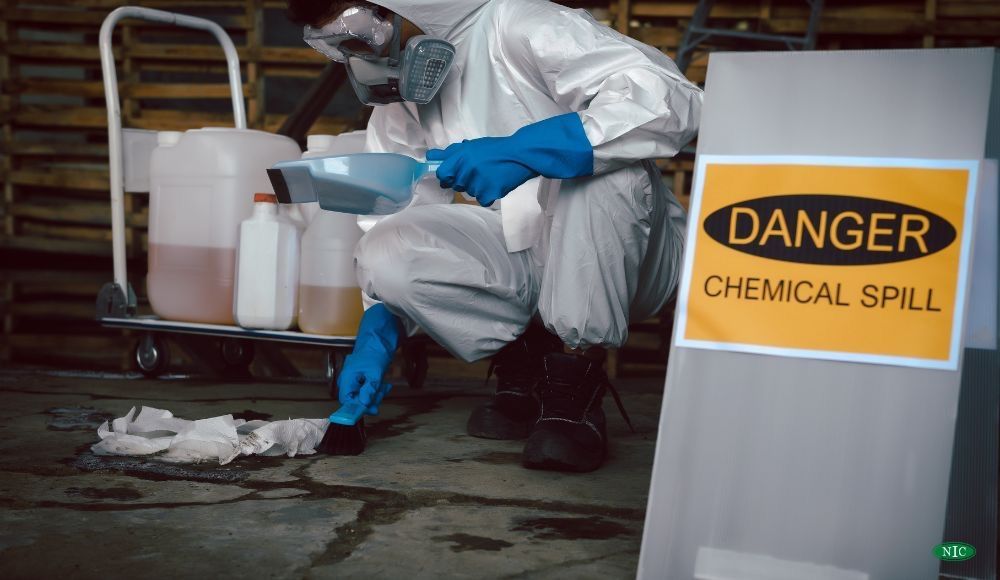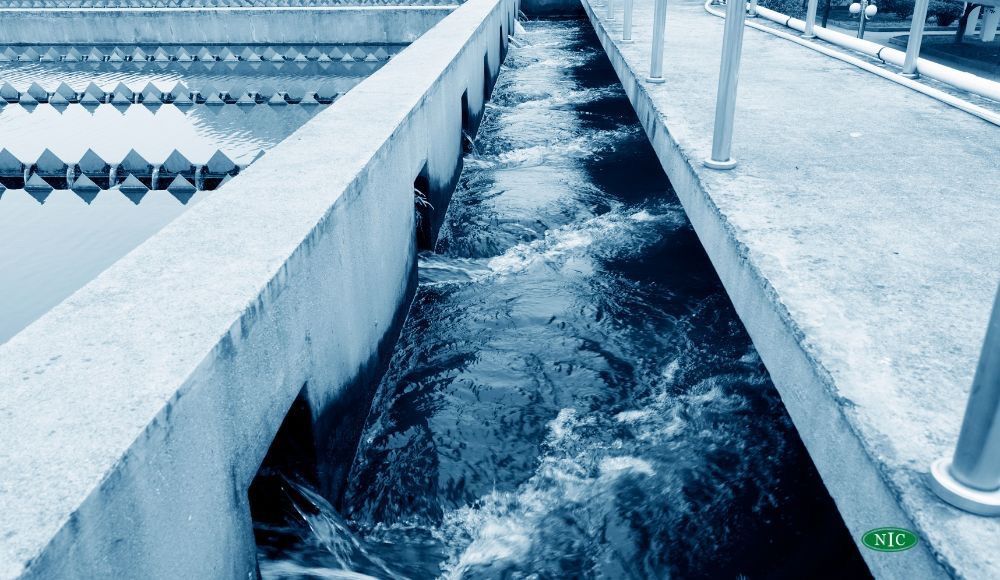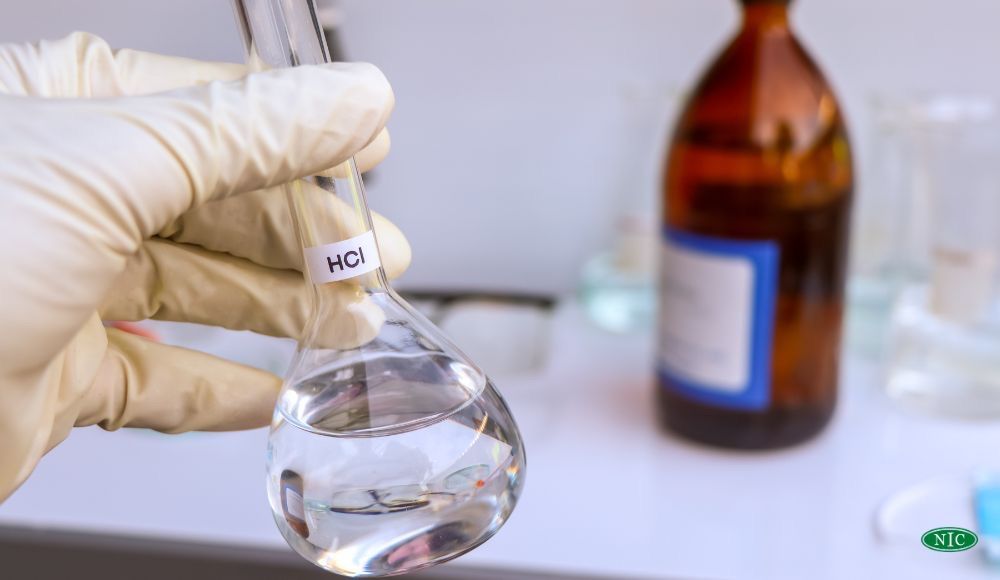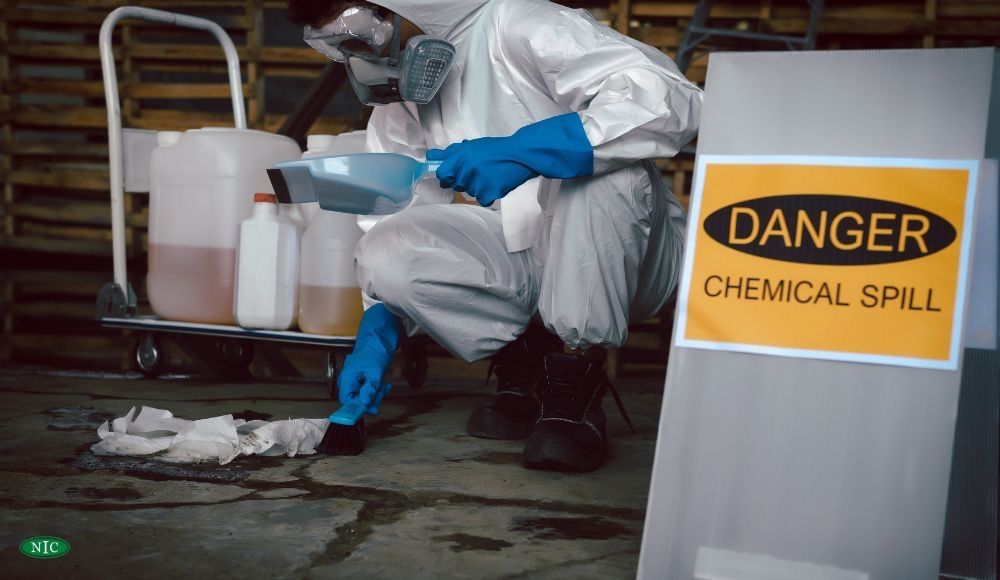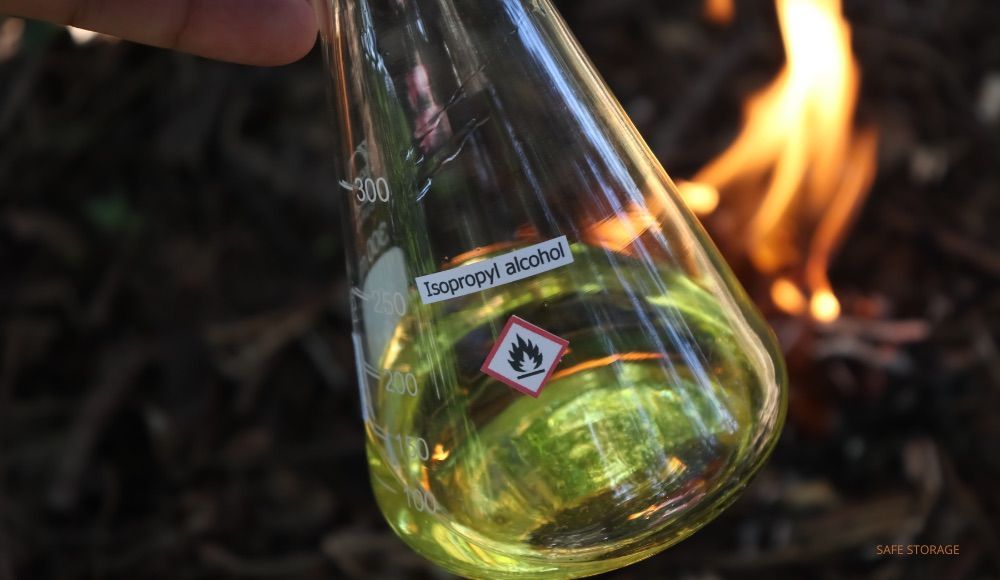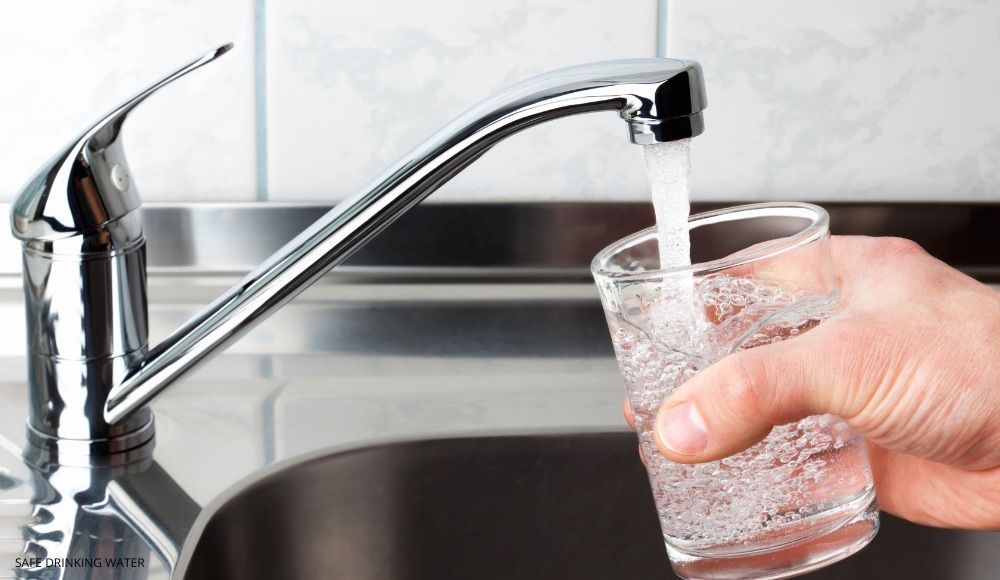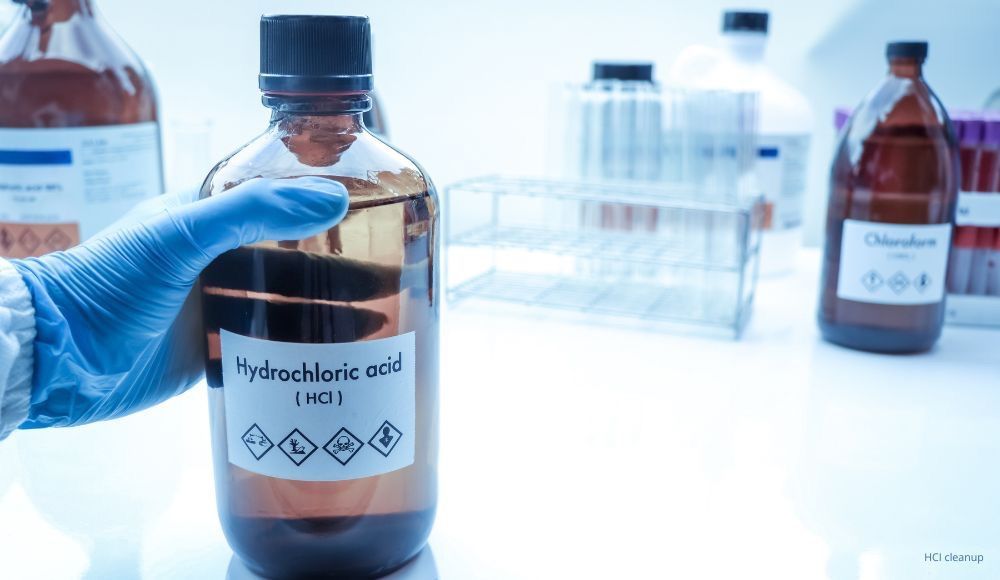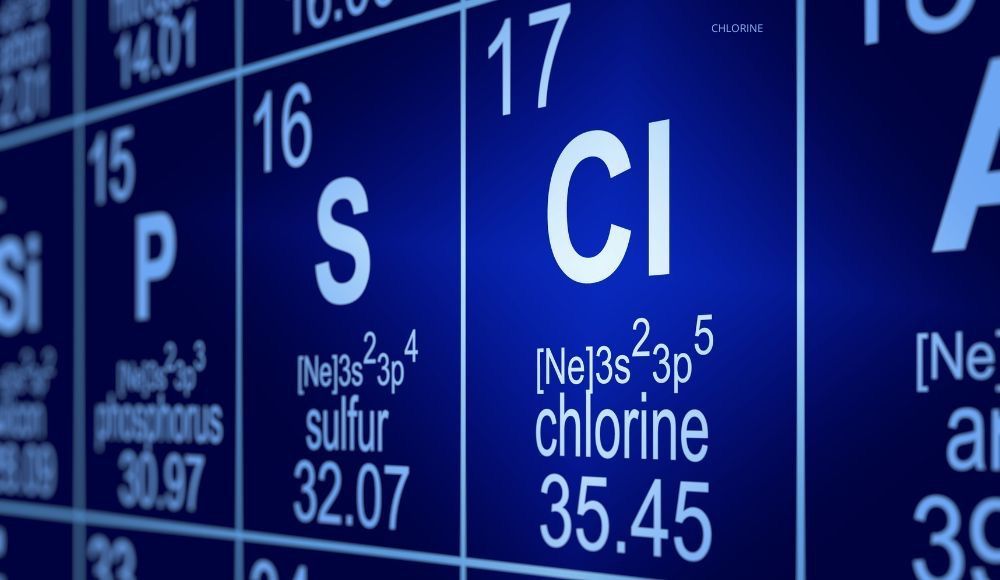Chemical Transfers: How to Safely Move Chemicals to a New Container
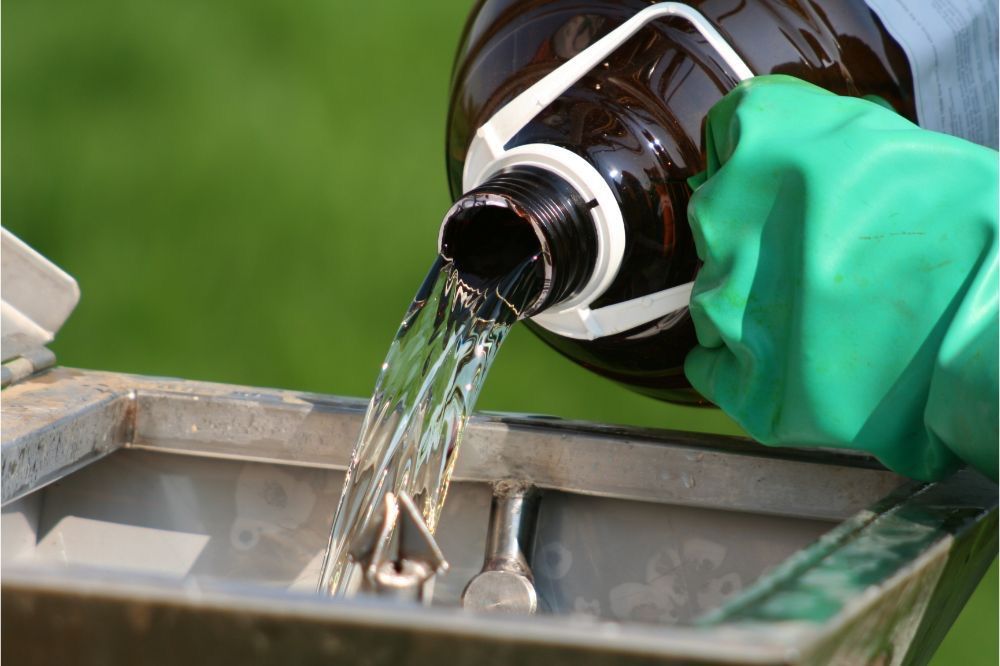
Moving chemicals into a new container can expose employees to severe risk unless the process is carried out correctly. So, if your employees regularly handle industrial chemicals, safeguarding them against potential dangers is crucial. The consequences of a chemical incident at your business can be enormous, costing lives and causing permanent injury. Not to mention the financial and reputational repercussions. The good news is preventing incidents and understanding how to transfer chemicals to a new container isn’t complicated.
Understand the Chemical: SDS and Hazards
The first step to safely moving chemicals to a new container is understanding the chemical’s properties and potential hazards.
Reading the Safety Data Sheet (SDS) for each chemical to be transferred is essential. The SDS will help you evaluate hazards and explains how to handle and store the chemical correctly.
Section 6 of the SDS details Accidental Release Measures. Familiarizing yourself with this section before starting to move the chemical is a must. You can then put a plan in place for dealing with spills and cleanups.
Selecting the Appropriate Transfer Equipment
Understanding the properties of the chemicals to be moved is vital. Knowing which equipment to use to move the chemicals safely is equally crucial.
Pouring chemicals freely by tipping them straight from one container into another brings a high risk of spills, and therefore, injury. So, what must you do when transferring chemicals to a new container? Appropriate transfer equipment should always be used, including:
- Drum dispensing cradle to keep the drum stable when decanting chemicals.
- Funnel or pump to avoid spills when decanting liquids into the new container.
- Secondary containment equipment to catch any drips or spills, such as floor bunds and steel bunds.
Chemical transfer equipment should be carefully chosen, considering factors such as:
- The size of the openings of the containers so the correct pump or funnel size is selected.
- The combustibility of the chemicals.
- The corrosiveness of the chemicals.
- The temperature of the chemicals at the time of transfer.
- Features to minimize risks of spills during transfer, i.e. manual shut-off, or overflow prevention.
Using Personal Protective Equipment (PPE) Safely
Appropriate personal protective equipment (PPE) should always be worn when moving chemicals to a new container. Accidental splashes, spills, or simply the vapors from some chemicals are enough to cause serious harm, so guarding against these hazards is crucial.
The type of
PPE required depends on the chemicals you are handling. The SDS for the chemical will specify which PPE items should be worn. These could include goggles, face shields, gloves, impervious splash suits, and respirators.
To use PPE safely, you should:
- Wash hands before dressing in PPE and after PPE removal.
- Check reusable PPE for signs of damage before use.
- Take care not to self-contaminate when removing PPE, i.e., avoid touching eyes or skin.
- Dispose of used PPE in the correct waste containers.
Contact NIC For All Your Industrial Chemical Needs
Trust North Industrial Chemicals for all your industrial chemical needs. Contact us today for a free quote.
